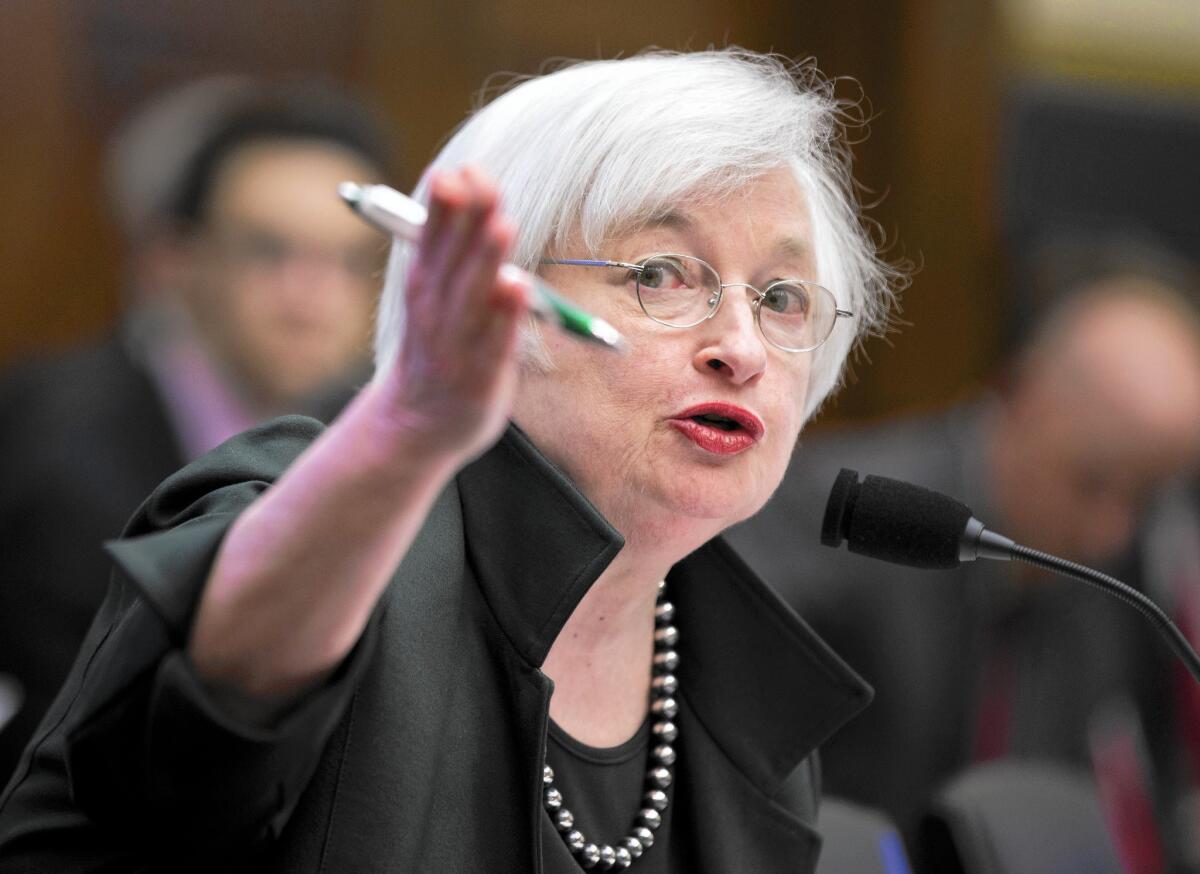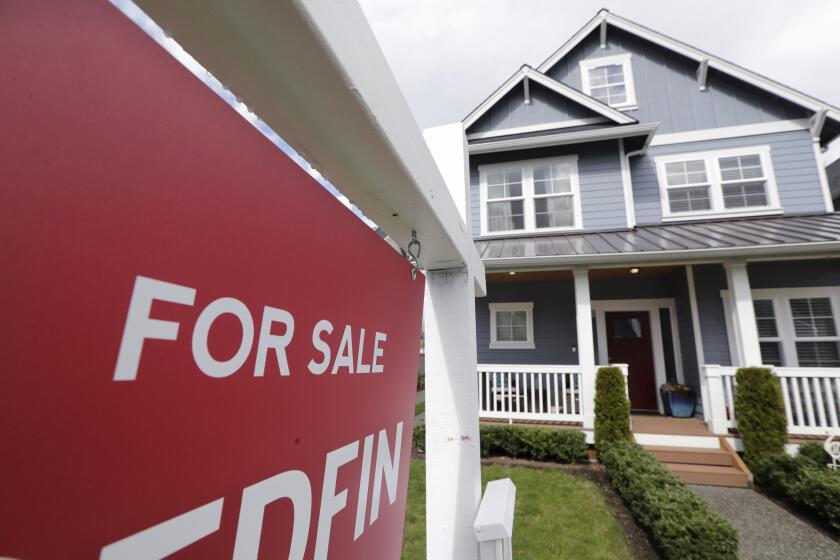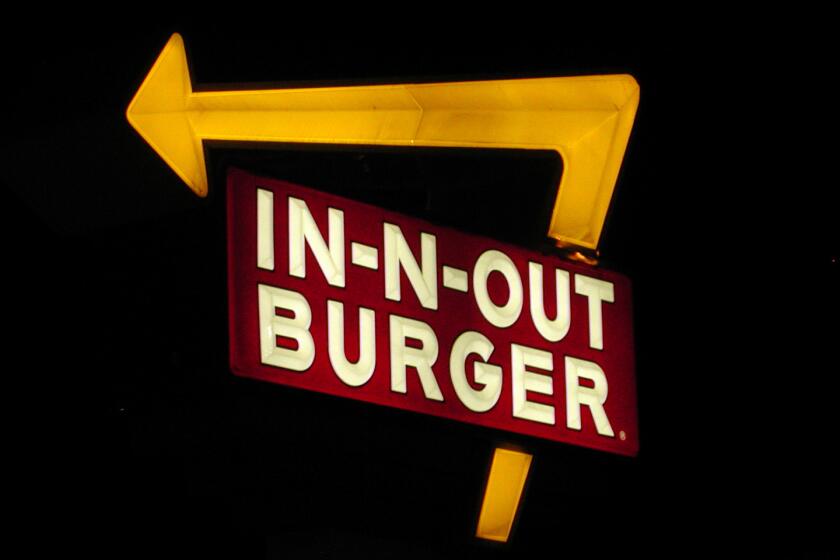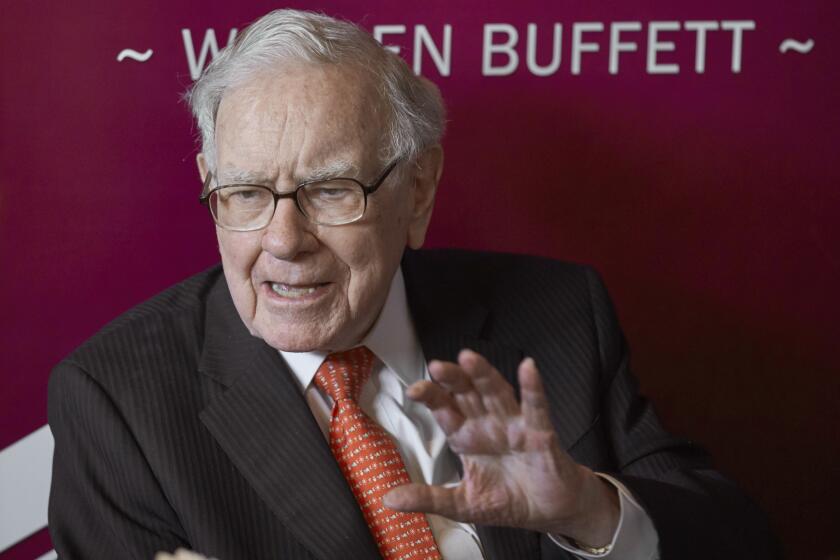At this point, a Fed rate hike may be largely symbolic

Federal Reserve Chairwoman Janet L. Yellen testifies on Capitol Hill in Washington.
- Share via
Reporting from Washington — It has become one of the most anticipated — and dreaded — events of the year. Some are calling it the Y2K of 2015, referring to the fears of widespread potential computer breakdowns at the turn of the century.
At the stroke of 2 p.m. Eastern time Thursday, the Federal Reserve will announce whether it will make its first interest rate hike in nearly a decade. Anxious investors are in countdown mode.
The World Bank warns that a rate hike could strike “turmoil and panic” in emerging markets. Many in those developing economies and elsewhere, weary from the uncertainty of it all, are saying, “Enough already, get it over with.”
But for all the buildup and heated arguments about the Fed’s upcoming decision, experts agree that even if the central bank holds off on raising its benchmark rate next week — which is the current bet on Wall Street — it’ll most likely act within a few months.
And whenever the Fed pulls the trigger, it probably will be just a quarter-point rise from today’s near-zero rate, hardly anything anyone is getting excited about.
“Whether they do it in September, October or December, it seems to me not to matter very much,” said Alice Rivlin, a former vice chair at the Fed and senior fellow at the Brookings Institution. “People talk about it as being dangerous to raise it a quarter point. That’s silly.”
David Shulman, a senior economist for the UCLA Anderson Forecast, and his colleagues recently ran two simulation forecasts for next year, one based on a 0.25-percentage-point rate increase in September and another on such a move instead in December.
The economic and employment growth projections were the same, he said, and to see the difference in forecasts for home building, the most interest-sensitive sector, the researchers had to go to three decimal points.
“It’s irrelevant,” Shulman said.
Then why all the fuss and hand-wringing over the Fed’s policy meeting next week?
To be sure, there is high symbolism. A Fed move next week would mark the end of almost seven years of record rock-bottom rates prompted by the Great Recession, and it would spell the beginning of what’s expected to be successive, gradual increases in the Fed’s short-term interest rate until it returns to a more normal level of about 3% to 5% seen during the expansion periods of the prior two decades.
The hype over Fed rates also reflects the uncertainties about global growth and, in particular, the slowing Chinese economy.
China has been transitioning from an investment and export-driven economy to one more reliant on services and consumer spending, but its government’s bungled handling of the nation’s stock market bubble and abrupt currency devaluation this summer have intensified worries that a major locomotive for the world could be sputtering.
With China’s economic outlook fuzzier than ever, financial markets are looking even more to the Fed for clearer signs of where things might be headed.
“There has been this buildup because it’s something you can identify. It’s something that looks tangible,” said Adam S. Posen, a former member of the Bank of England’s rate-setting committee and president of the Peterson Institute for International Economics. But like the Y2K panic in 1999, he said, the focus on the Fed is overdone.
“The ultimate impact isn’t going to be that big,” Posen said.
To a large extent, though, the unusual spotlight on the Fed and Chairwoman Janet L. Yellen indicates just how much markets and other elements of the economy have become so dependent on the central bank, to the point that many say the Fed is perceived as far more influential than it actually is.
“It’s really not healthy. It attributes too much power to monetary policy,” said Dean Croushore, a University of Richmond professor and coauthor of a macroeconomics textbook with former Fed Chairman Ben S. Bernanke. “We need the private sector to be the engine of growth instead of thinking the Fed and interest rates are going to drive us forward.”
The way Croushore and some other economists see it, the Fed’s policies and statements, while indisputably huge during the height of the Great Recession, haven’t had the large-scale influence in the real economy in more recent years that many people think.
When the financial crisis hit in 2008, the Bernanke-led Fed slashed interest rates, expanded special lending facilities, helped engineer controversial bailouts of troubled firms and generally helped ease the financial panic that could have caused a deeper recession, if not outright depression.
Since the economy emerged from recession in mid-2009, the Fed has undertaken additional rounds of bond-buying stimulus, on top of holding its benchmark rate near zero, to drive down long-term interest rates and spur investment and spending. Bernanke and others have argued that these efforts have had an important role in boosting the recovery, with low interest rates helping fuel auto sales and support the housing market.
Other experts aren’t so sure. Although the Fed’s easy-money policies have certainly propped up stock values and given corporations access to cheap money, many think the impact on Main Street and on the overall growth of the economy, which has been sluggish, has been marginal in the last two to three years.
“My sense is that, had the Fed kept interest rates at 2% instead of zero, it wouldn’t have made much difference,” Croushore said. “Businesses weren’t investing because there weren’t good business investment opportunities. High interest rates weren’t the problem.”
The Fed has long had a high profile, especially during crucial turning points in the economy. And the century-old institution has had its share of larger-than-life leaders, such as Paul A. Volcker, the tall cigar-chomping chairman who is credited with breaking the back of inflation.
Highlighting the excessive attention on the Fed, the Center for Popular Democracy, a worker advocacy group, commissioned a poll this month asking average Americans if the Fed should raise its benchmark interest rate. The results, released this week, showed that 62% of respondents support keeping interest rates low.
Zachary Karabell, head of global strategy for wealth-management firm Envestnet Inc., says the Fed’s influence is overstated. In the middle of the last decade, he said, the Fed under Alan Greenspan raised its benchmark interest rate to 5.25% from 1% over a two-year period, but global forces such as China’s heavy purchases of Treasury bonds held down long-term rates.
“I think for a long time, we’ve paid too much attention to the Fed as the arbiter of global interest rates,” he said. “No matter how powerful, [the Fed’s] not the only market determinant, not even as much as we think it is.”
A lot of economists don’t blame the Fed for its heavy intervention. If the central bank did more than it perhaps should have, they say, it’s because the Fed was the only game in town. The White House and Congress, after agreeing on a fiscal stimulus in early 2009, have been paralyzed by partisan fighting and repeated upheavals over budget cuts and the threat of government shutdowns.
“We’ve been forced to rely on central banks because fiscal policies have generally been absent, out to lunch,” said Michael Gapen, chief U.S. economist for the banking firm Barclays. “It’s like pedaling a bicycle with one leg when you should strap in with both legs.”
“Yes, it raises moral hazard concerns,” Gapen said, noting that markets in particular have turned to central banks, especially the Fed, to come to the rescue when things turn down. “Maybe markets have become too reliant on central banks — and you need risks to be distributed more evenly.”
Shulman, the UCLA economist, likens the financial markets’ dependence on the Fed to an addict.
“When are you going to get off the morphine drip?” he asked.
More to Read
Inside the business of entertainment
The Wide Shot brings you news, analysis and insights on everything from streaming wars to production — and what it all means for the future.
You may occasionally receive promotional content from the Los Angeles Times.












